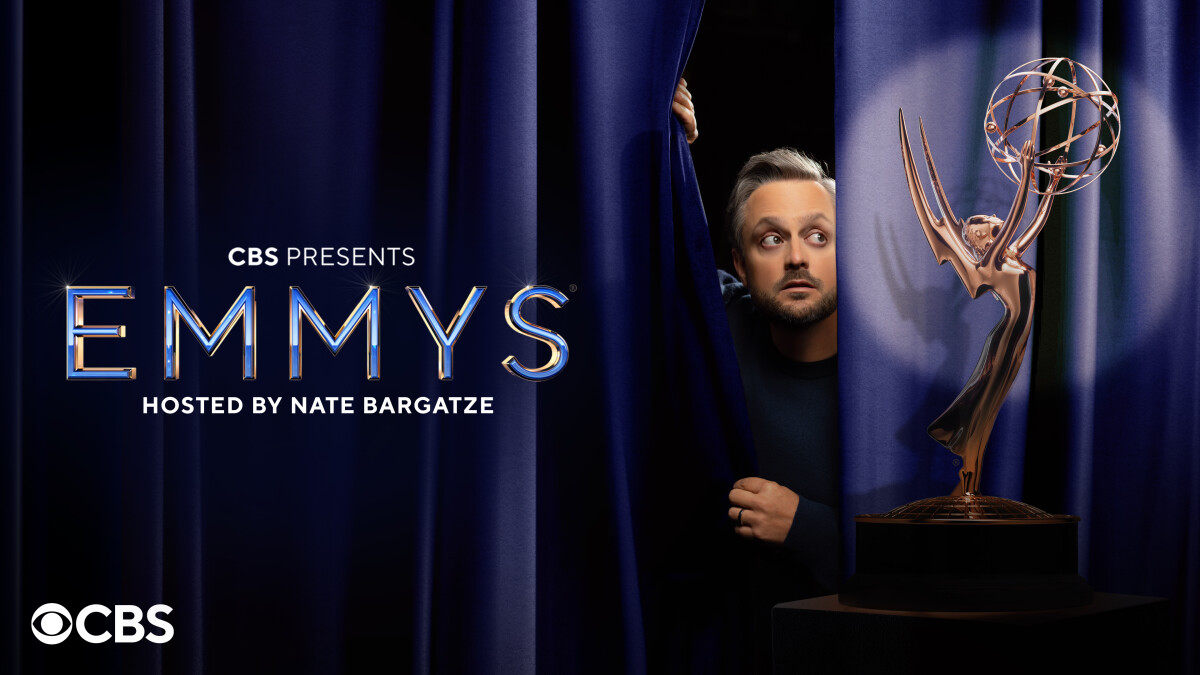Good News, or Things Do Occasionally Get Better!
This past summer, I undertook a substantial upgrade to my studio, installing a really good HD video projector and an equivalent screen. My goal was to get the studio up to screening room quality. I wanted to take advantage of such a capability to enhance production work, maybe attract some audio for video projects, and to be able to use my monitoring system and its related instrumentation to more carefully audition, study and measure the audio that comes with movies and broadcast.
This last item is part of my work developing new in-wall home theater loudspeakers, as well as being the basis for some useful information for TV Technology readers (we call it “column fodder!”).
The result has been pretty spectacular, and I find I’m getting a lot of requests for “movie nights,” as well as a fair number of people dropping in just about the time the Boston Red Sox or New England Patriots are about to play, to see if I wanna watch the game. I’ll discuss much of what I have learned in some future columns, but I thought that this would be a good time to share with you what I found when I used my new facilities to do a follow-up assessment of broadcast quality related to a column I wrote in the May 2, 2007, issue of TV Technology.
In that column, I discussed what I found when I informally measured and auditioned 184 channels supplied to me by DirecTV, using Modulation Sciences’ SpiderVision audio meter. The results were neither particularly pretty nor encouraging: Only 5 percent of the channels were HD, only 10 percent had digital audio and only 23 percent had what might have been intended to be surround sound (my living room system upmixed all analog stereo feeds to Dolby Pro Logic, so I was often reduced to guessing, based on the magnitude of the difference signal).
Of equal or greater concern, 24 percent of the channels exhibited audio errors, and 9 percent of the channels exhibiting what I think of as major errors (suggesting incompetence rather than simple sloth). I didn’t measure the variance in level between channels, but it was substantial. All in all, the results were marginal, shabby and discouraging—a weak offering for the end users among us.
MOVING RIGHT ALONG …
This fall, I was asked to give a talk about the state of broadcast audio for video at the Parsons Audio Expo, an annual event here in Beantown. I decided that I would take a fresh look ‘n’ listen in my newly configured studio, with its much greater control of and access to audio and video signals.
(click thumbnail)Table 1: An informal comparison of channel attributes measured at Moulton Laboratories in Groton, Mass., in April and November of 2007, based on satellite bundle offerings (184 and 103 channels respectively) from DirecTV.So, I fired up SpiderVision and sat down at the console (being fed by DirecTV’s latest set-top box through a receiver), and spent a day plowing through my channel bundle. I didn’t measure 184 channels this time, only 103 (my favorites list). I logged all my unscientifically gathered findings into yet another spreadsheet, and then began to study what I found. Turns out, it’s surprisingly good news, even if it’s informal and unscientific.
- In April, HD constituted 5 percent of the offerings. In November, it constituted 54 percent. Yowza!!
- Digital audio is now present on 58 percent of the channels, as opposed to 10 percent in April.
- Surround sound is now present on 40 percent of the channels, up from 23 percent.
- And the really good news is that the number of channels with audio errors has dropped to 4 percent (unfortunately they are all major, but that is still a big improvement, down from 9 percent). Take a look at Table 1.
Inexplicably, audio levels are still all over the place (30 dB?), to a point of unpleasantness. It seems to me some days as if the Dialnorm concept may simply be beyond the industry’s collective audio skill set. This is especially apparent (and irritating) with really high-quality loudspeakers at a calibrated reference level of 85 dBC SPL.
WHAT DOES IT ALL MEAN?
In April, I made the point that the limitations and problems I observed then could not reasonably be blamed on DirecTV. By the same token, it’s not fair now to give DirecTV all the credit (although it’s fun to fantasize that somebody at DirecTV read my column and ordered the company to hire an audio guy and correct all the deficiencies pronto!).
I personally think we need to share credit across the broadcast industry, as well as to note that this has been a work in progress for some time. HD and digital surround sound have been coming online pretty steadily and we are all getting a little more familiar, comfortable and effective in handling them. I suspect my two informal sets of measurements reflect the progress being made in that effort.
We also need to note that what I’ve observed is quite significant, and not attributable to changes in sample size, system or context. These shifts must reasonably represent some major improvements in audio quality across the TV broadcast industry.
At the same time, I feel like I’ve been a scold over the past two or three years, kvetching endlessly and tiresomely in my columns about audio problems in TV land. It really feels nice, for a change, to be able to report that right now it actually looks and sounds like it really, truly is getting better. And with that thought, Happy New Year, everybody!
Finally, I’d like to note that this column marks the 10th anniversary of my writing about audio for TV Technology. Who’d a thunk it? Thanks for listening all these years!
The professional video industry's #1 source for news, trends and product and tech information. Sign up below.

